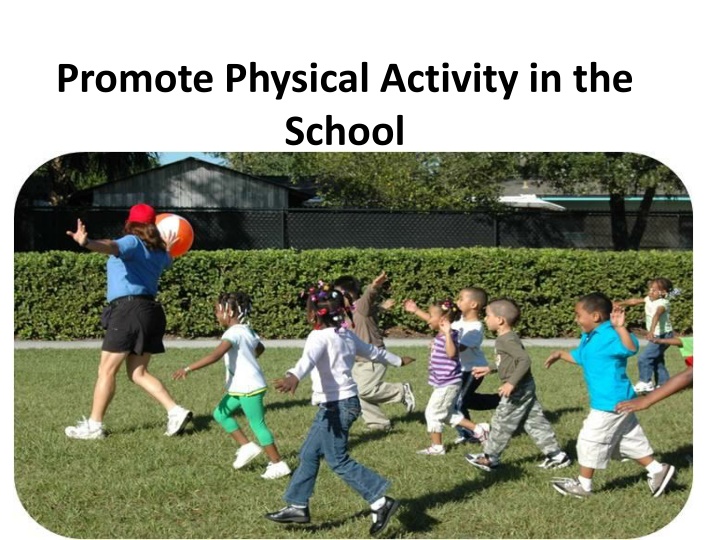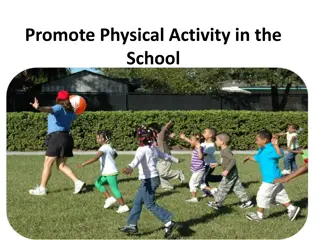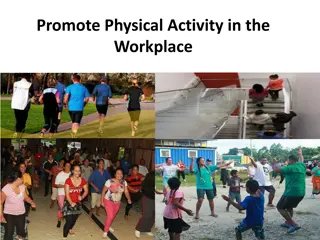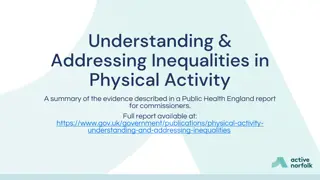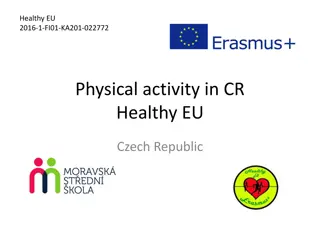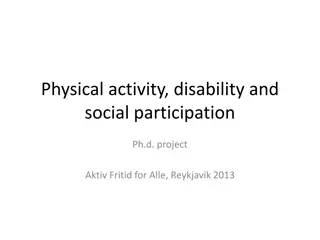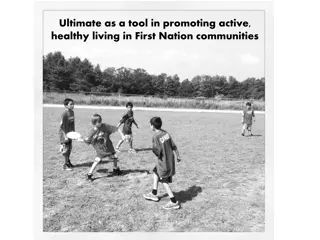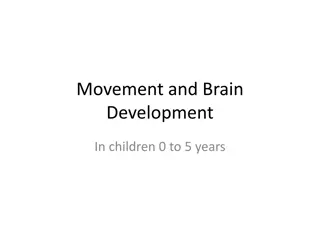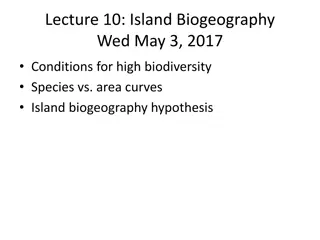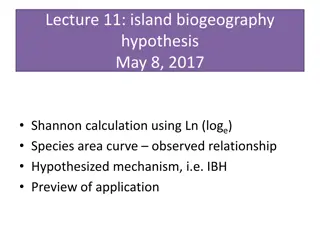Promoting Physical Activity in Island Communities: The Urgent Need for Change
Island communities are facing a crisis of physical inactivity among children, leading to increasing rates of obesity and related health issues. Lack of promotion of physical activity in schools and workplaces is contributing to this problem. Urgent action is required to prioritize daily exercise and implement policies for student physical education to combat the rise of non-communicable diseases in these communities.
Download Presentation

Please find below an Image/Link to download the presentation.
The content on the website is provided AS IS for your information and personal use only. It may not be sold, licensed, or shared on other websites without obtaining consent from the author.If you encounter any issues during the download, it is possible that the publisher has removed the file from their server.
You are allowed to download the files provided on this website for personal or commercial use, subject to the condition that they are used lawfully. All files are the property of their respective owners.
The content on the website is provided AS IS for your information and personal use only. It may not be sold, licensed, or shared on other websites without obtaining consent from the author.
E N D
Presentation Transcript
What you should know The environments in most island communities no longer promote physical activity. Most schools and workplaces do little to encourage or value movement. Sedentary lifestyles often result in much poorer health due to NCDs. A large number of school-aged children are physically inactive or insufficiently active. The current generation of island children is the most obese in island history and may have worse health outcomes and shorter lives than their parents. This is due in part to lack of physical activity.
Did you know? Young people are heavier today than at any time in history. Two main reasons for the rise in obesity over the past few decades are change in diets and decline in physical activity.
Ensuring that people have access to daily exercise must be a priority.
Did you know? Data from the WHO show that 7 of the 10 countries with the highest prevalence of overweight people are Pacific Island nations. Children in these nation states are at increased risk of developing non-communicable diseases
Key Facts Fewer than half the jurisdictions have nutrition education curriculum standards, provide nutrient content for school meals to students and parents, or require physical education in every grade. American Samoa is the only jurisdiction that reported 100 percent of secondary schools requiring a health education course in grades 6 12, and the Republic of Palau is the only jurisdiction that reported requiring a physical education course in all secondary schools in grades 6 12.
What are the current policies for student physical education?
What are the current policies for student physical education?
Key Facts Only American Samoa (11.5 percent) and the Commonwealth of the Northern Mariana Islands (14.3 percent) reported double- digit percentages of secondary schools that allow students to purchase fruits or non-fried vegetables in vending machines or school stores. Guam and the Republic of Palau reported that no schools in their jurisdictions offer such products for sale to students. Approximately 83 percent of secondary schools in the Republic of Palau help students families develop or implement policies and programs related to physical activity and nutrition and healthy eating, while 18 percent of secondary schools in Guam do.
What is the involvement of parents and community?
Did you know? School-based physical activity programs, such as physical education, recess, classroom- based physical activity and extracurricular physical activity, are shown to have positive mental health and academic benefits for children and adolescents.
Did you know? Poor dietary habits during childhood and adolescence also increase the risk of disease, unhealthy behaviors associated with weight gain during adulthood, adult overweight or obesity, and aberrant emotional and cognitive development
Did you know? Participating in regular school physical education increases the likelihood that children will maintain moderate to vigorous physical activity.
Did you know? One study of school initiatives that encouraged children to walk or ride their bikes to school found that boys who walked to school expended 44 more calories and girls expended 33 more calories per day than children who rode the bus or were driven to school.
Take Action and Make a Difference! Form walking groups! Some communities have found creative ways with little funding to help kids keep active. Some have formed a walking school bus where adults walk to school with students.
Take Action and Make a Difference! Organize sports teams After school sports teams are a great way to keep kids active. Community organizations can help sponsor or volunteer with after school sports teams and physical activities.
Take Action and Make a Difference! Educate and promote health! Community based organizations and local farms can team up to present health topics at schools or work together to farm and learn about nutrition.
An Example of a Successful Intervention! Walking School Bus! Case Study: Hope San Francisco The walking school bus is a project in San Francisco s southeast sector of public housing. The campaign is working towards developing a healthier more active community. Adults become designated bus drivers and walk students to school. The children are rewarded with a book if they walk regularly and parents are encouraged to join. The project has been a success in getting students active, to school on time and giving them a way to connect with their community. For more information on how to develop a walking school bus in your community see the link below: http://guide.saferoutesinfo.org/walking_school_bus/
Who can I contact for more information? Adrian Bauman Boden Institute of Obesity, Nutrition and Exercise and Prevention Research Collaboration University of Sydney Sydney, Australia Email: adrian.bauman@sydney.edu.au
